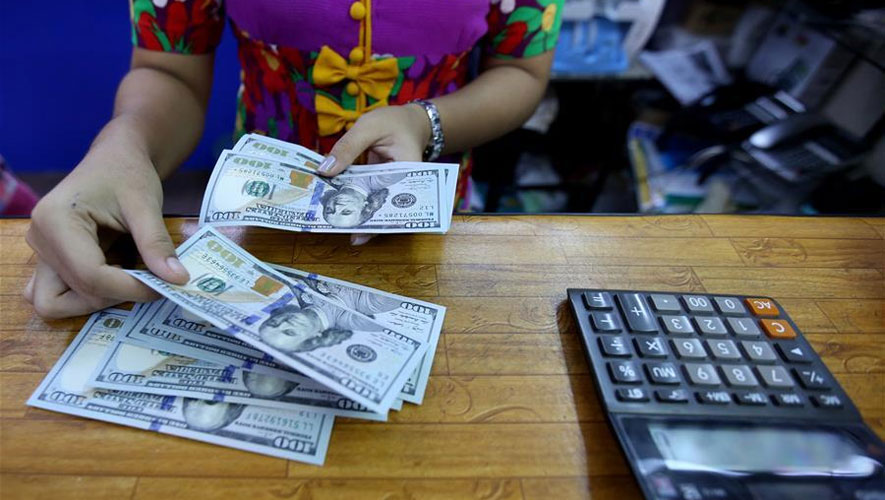Although dollarisation remains high in the Kingdom, the circulation of Khmer Riel is gradually increasing to meet rising transactional needs. Currently, the market share of the riel is 10 percent of the gross domestic product (GDP).
For the latest Cambodian Business news, visit Khmer Times Business
Foreign currency is preferred particularly for large transactions such as house rents, and purchase of furniture and motor vehicles while Khmer Riel was used for smaller transactions for retail products including household items, consumables, transport fares, and payment of utility bills.
In the latest results of the second round of the survey on the riel usage in Cambodia (2014-2017) by National Bank of Cambodia (NBC) and Japanese International Cooperation Agency, dollars were mainly used in major cities such as Phnom Penh and Siem Reap, and the northwest region of the country. People in rural areas stuck to the local currency.
The survey tracked 2,264 households and 856 enterprises from July to November 2017, and 15 commercial banks and 12 microfinance institutions (MFIs) between May 2018 and February 2019.
The results revealed that higher income households, larger enterprises’ revenues and expenditures, and wages were denominated in foreign currencies. This meant a lower contribution from the business community, inevitably indicating a slow adoption of the riel.
A mismatch in foreign currency was evident within households and firms where the share of foreign currencies in household incomes was higher than expenditures, as is firms’ revenues to expenditures.
“Households tend to avoid exchange rate risks by exchanging US dollar incomes to Khmer Riel for expenditure, which is a good thing, especially for garment workers who often convert their salaries to the local currency from dollars,” it stated.
On the other hand, firms failed to display any exchange rate risk-hedging behaviour as shown by the fact that approximately two thirds of them were either unaware or worried about foreign exchange fluctuations.
Based on the data, borrowings by households and firms were largely in US dollar whereas banks and microfinance deposit institutions (MDIs) gave out loans in US dollars.
However, the surveys says there is room for the promotion of Khmer Riel loans by encouraging MFIs to make out loans in riel.
NBC deputy governor Neav Chanthana says despite challenges for enterprises to shift to Khmer Riel, the central bank would continue its campaign on the usage of a sole currency in the economy for the sake of sovereignty and national identity.




